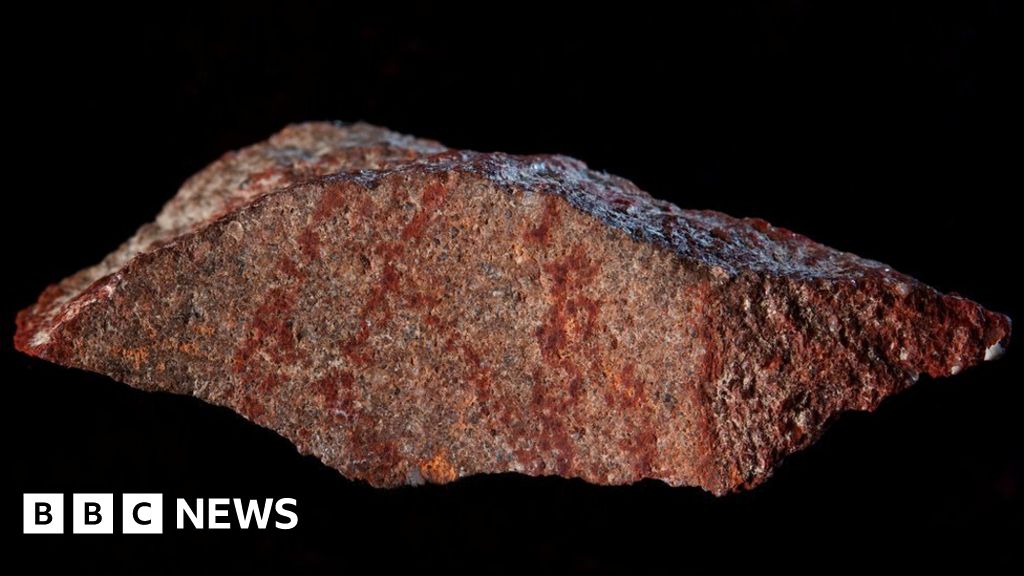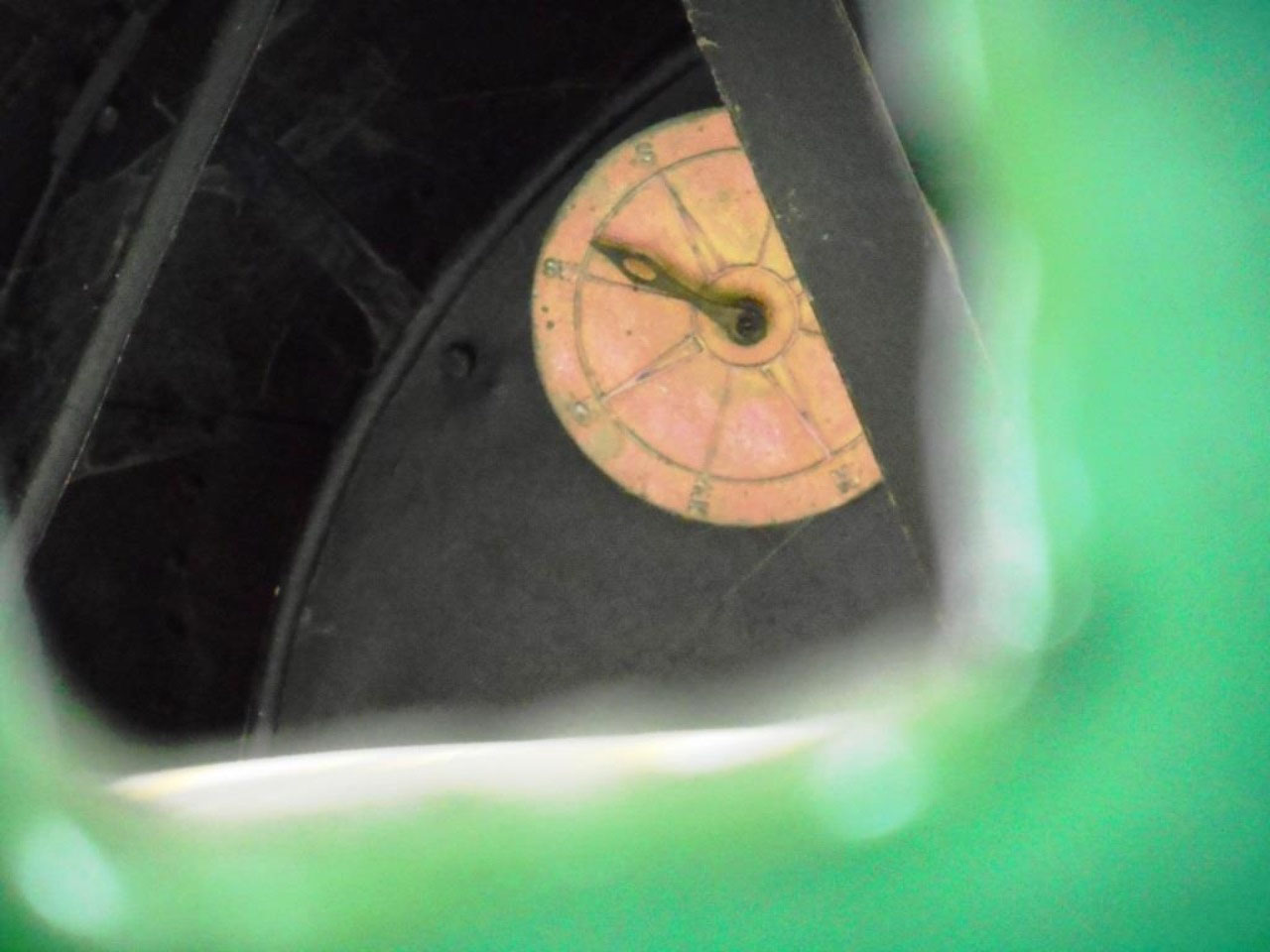

Limestone: Another sedimentary rock, limestone is made up of at minimum 80% calcium carbonate (CaCO3), which is ‘prone to dissolution by acid rain, a week carbonic acid’ (UCL 2019). This material was imported from the UK or Ireland. Gravestones made from sandstone are easier to carve than a harder material, but this also means they often exhibit poor weathering resilience, resulting in lamination or exfoliation causing large portions of the stone to fall off, blistering of the stone surface, discolouration due to soot or a reaction between sulphur dioxide and calcium carbonate, and the effects of lichen growth and vines using the calcium carbonate in the sandstone as a food source (UCL 2019).ġ716 gravestone at Trinity, NL. While the grains themselves might be quite hard, the material between them is softer and prone to faster erosion. They are clastic in origin, rather than organic (think chalk) or chemical (jasper), and the materials which hold the grains together is typically a calcite, clays, and/or silica. High quartz content is an indication of a mature sand. The make up of sandstone varies based on the materials inside, with some examples having a very high quartz content, with others having lots of feldspar or other materials. Sandstone: This material is a sedimentary rock which is comprised of sand grains (0.06 – 2mm) which have been compressed together to form a solid rock. Old Durham Cemetery, 1778, showing lamination (photo by author 2019) But they can also last a heck of a lot longer than the bodies buried beneath them! Without further ado, lets discuss the geology, pros, and cons of common stone types you’ll encounter in historic burial grounds in North America. Biological erosion details the effects of trees, shrubs, lichens, and vines of the rock, which can lead to damage to the surface and body of the gravestones.īasically stones, like all things, wear away. Physical erosion is the natural degradation of the rock through wind, rain, etc, as well as through freeze/thaw cycles. It also includes the effects of acid rain and pollution. Chemical erosion includes ‘disruption through soluble salts’, in which the stones draw up ground water and salt can be drawn into and crystallize within the stones (English Heritage 2011).


There are three types of erosion that effect gravestones: Chemical, Physical, and Biological (English Heritage 2011). Nothing on this earth is permanent, and in a burial ground or cemetery is certainly the place to remember that. a degraded stone that is in poor condition and additional damage could be done by trying to ‘restore’ it), there is a somewhat of a line that means some things will be left to decay.
ROCK WEATHER INDICATOR CRACKED
While I wholeheartedly support monument conservation on gravestones where it makes sense to do so ( i.e. the stone is in ok condition but has cracked in half and can be repaired vs. I discussed the idea, in a previous post, about understanding and allowing the decay of structures of objects as part of their natural life cycle, and this goes for gravestones too. The impression that people get from a stone monument goes hand in hand with the ideal of the ‘immortal resting place’ that surround the grave, particularly in North America. As a sometimes geoarchaeologist, I’m here to talk about rocks. Some are made from wood (biodegradable), ‘white bronze’ monuments made from zinc, cast-iron, cement, and more! Each one of these materials comes with its own pros and cons, but we won’t be discussing them in this post. There are, of course, many different types of markers for a grave. (Photo by author 2019).įirstly, this post will be dealing with gravestones in the most specific of the sense.


 0 kommentar(er)
0 kommentar(er)
